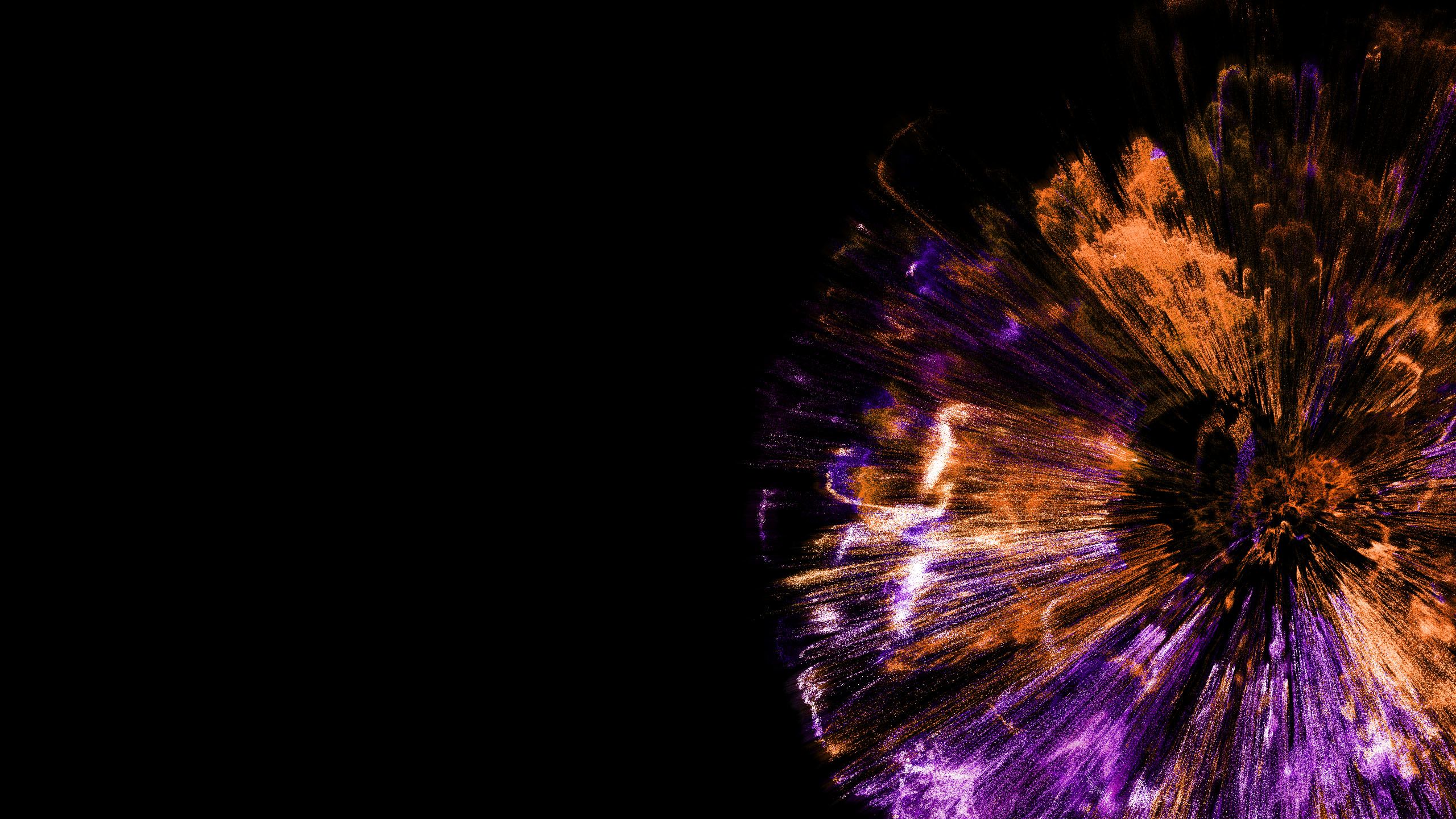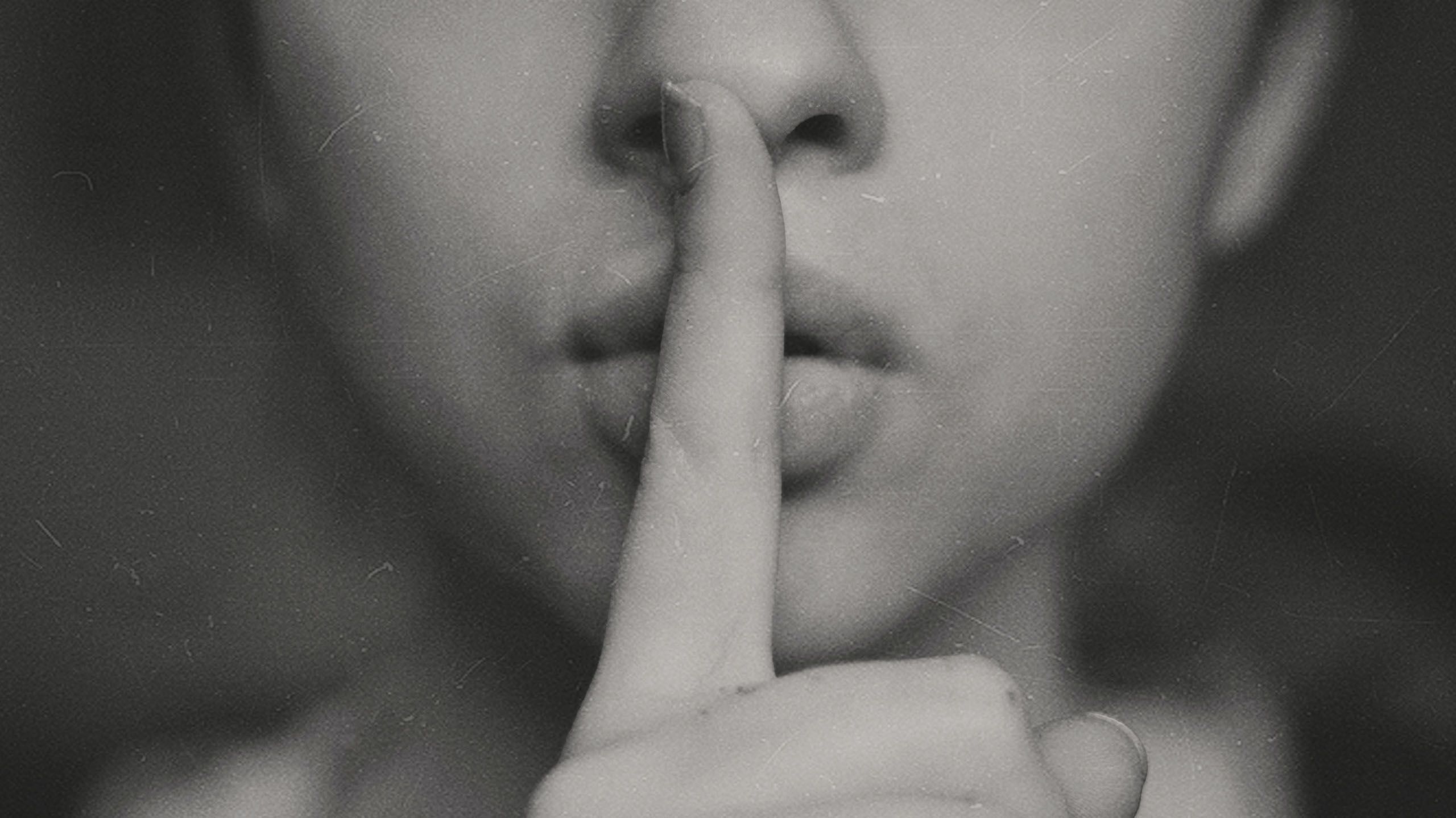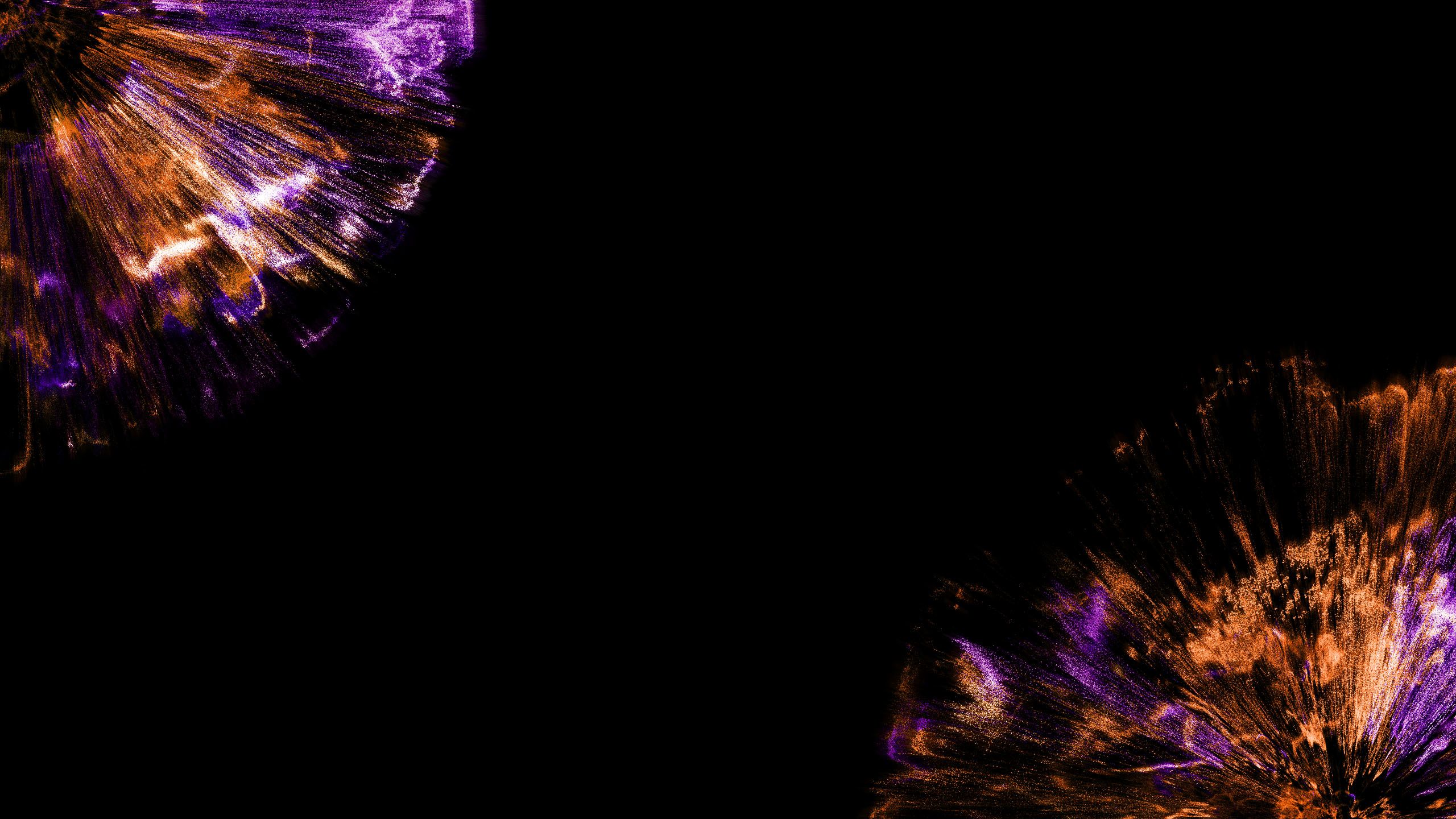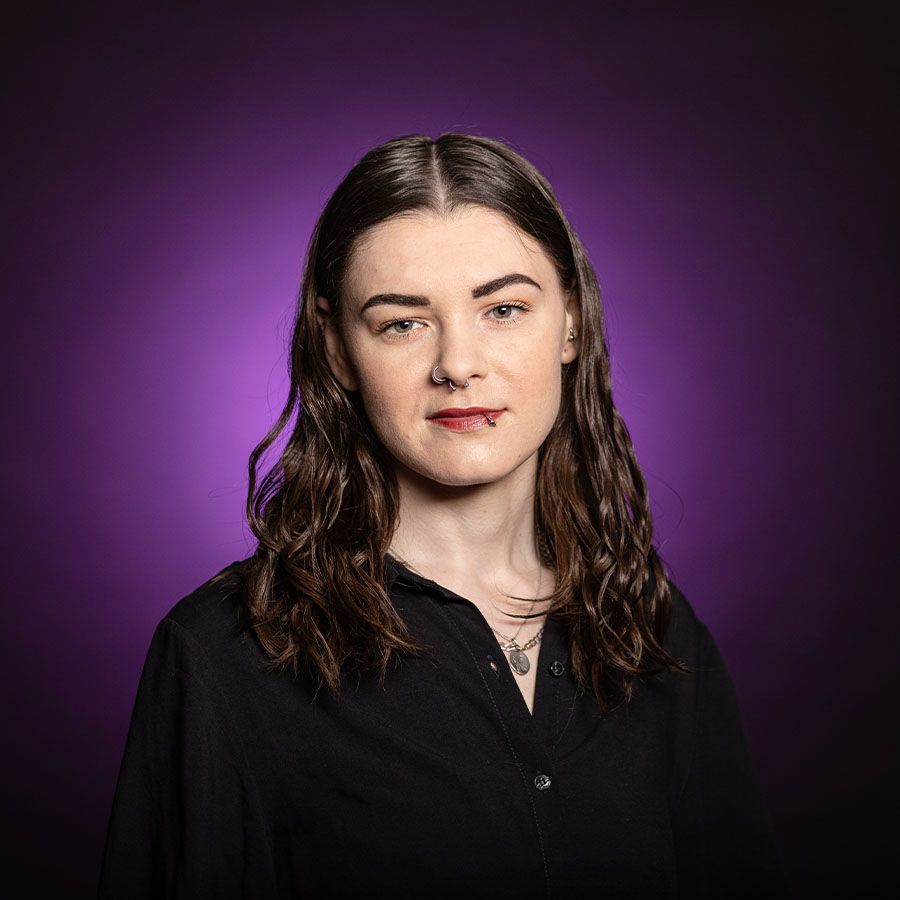Writing queer history: uncovering hidden pasts for a more inclusive future

Queering the curriculum shows LGBTQIA+ students that academia is a place in which they belong – and by which they are valued. Roseanna Ramsden reveals how uncovering queer histories inspired her teaching practice, and how opening up the past can bring about a more inclusive future.
In February 2022, the BBC reported that tolerance of the LGBTQIA+ community in the UK is ‘going backwards,’ with ‘hate crimes against people based on sexual orientation’ doubling in the last four years.
In 2022 alone, a violent attack on a student near London’s Heaven nightclub and the hospitalisation of a Cambridge student following a suspected homophobic attack signalled growing anti-LGBTQIA+ attitudes in the UK that leave the community living in fear.
The threat of violence isn’t the only challenge facing queer people on a daily basis.
According to Pink News, a recent poll taken by the Trades Union Congress found that only 51% of UK managers have implemented policies prohibiting discrimination, bullying and harassment against LGBTQIA+ employees.
What’s more, research from YouGov suggests that, on average, queer people in the UK are paid 16% less than their peers.
Without any mandated reporting on the pay gap for LGBTQIA+ workers, however, this issue risks remaining unchanged at best, and deepening at worst.
These problems exist in the higher education sector too. The university setting – for both LGBTQIA+ staff and students alike – is not always a positive or inclusive one.
Last year, University and College Union (UCU) published a report revealing that discrimination toward queer higher education staff is widespread in UK universities, as are inequalities in hiring and promotion practices. Some of the report’s key findings of LGBTQIA+ university staff include:
- 77% have considered leaving higher education
- 30% have experienced homophobic language
- 47% have experienced mental health issues
- 29% said promotion criteria negatively impact LGBTQIA+ people
- All Black LGBTQIA+ respondents reported personal discriminatory experiences or having witnessed derogatory language towards others
What the report reveals is a higher education environment that, for many LGBTQIA+ staff, continues to be exclusionary, discriminatory and detrimental to both health and wellbeing.
Such an atmosphere is sure to negatively impact LGBTQIA+ students too, particularly if discriminatory practices are widespread and if LGBTQIA+ staff leave, or feel they may be forced to leave, higher education as a result of inequality.
A recent report from UCAS and Stonewall does suggest that LGBTQIA+ students’ experiences in UK higher education are improving.
For example, 82% say they plan to be more open about their gender identity or sexual orientation at university than they were at school or college.
This is, of course, promising progress. It points towards an increasingly LGBTQIA+ inclusive learning environment in higher education.
Yet, that report also revealed that more must be done to create a sense of belonging and inclusivity for LGBTQIA+ students.
One in 10 respondents, for instance, expressed uncertainty about how ‘out’ they will be at university, citing reasons such as their fears of continued anti-LGBTQIA+ discrimination and worries about how accepted they will be by their peers.
One in four LGBTQIA+ university students responding felt that their institution doesn’t show visible commitment to trans equality. One in 10 said visible commitment to LGBTQIA+ equality is lacking at their university.
How can higher education institutions create a more positive and inclusive culture – one which promotes a sense of belonging for LGBTQIA+ students, one which shows commitment to LGBTQIA+ equality and serving all of its students equally well, and one which not only attracts students from all backgrounds, but supports them during and beyond the course of their study?
Paying attention to the silences

My impetus for pursuing this area of study lies in my own experiences as a working-class queer woman, both in wider society and in attending and then working at a university.
Growing up in a small, deprived town in the north of England, the lack of queer people in the media I consumed, and the lack of successful, queer working-class women around me, left me feeling alienated. With no role models like me, I struggled to envision what opportunities might be open to me, or which spaces I would be welcome in throughout my life.
Moving to Leeds to begin my academic journey in 2011 was somewhat liberating. After all, I was in a big city with a diverse population, and I found the atmosphere to be generally more accepting and inclusive than the insular one I’d come from. Yet, among my university peers, I still found it difficult to identify people who had similar life experiences or who came from similar backgrounds as me.
More than that, for the most part I couldn’t see myself in the material I studied in seminars for my BA in English Literature. Reading lists were dominated by the works of white, male writers and academics.
The queer perspective felt largely absent. The most valuable academic perspective – or perhaps the only valuable perspective – the curriculum suggested, was that of straight white men.
“Where, I wondered, are the queer women?”

On one module in particular – about Holocaust testimonies and literature more widely – the absence of women’s voices was glaring. Only two of the eleven core texts were written by women.
This led me to wonder not only what Jewish women’s experiences of the Holocaust had been like and how they wrote about those experiences retrospectively, but why the male perspective is seen as typical or representative.
This topic became the basis of my Masters dissertation, in which I studied the published accounts of three women Holocaust survivors. In some small way, I hoped my dissertation would add to work already being conducted by feminist historians, and contribute to a body of research focused on women and the Holocaust that aimed to act as a corrective to a male-dominated field.
But after completing my Masters degree, I felt I had only begun to scratch the surface in terms of exploring whose voices and perspectives were absent from the canon, and why. So, in 2017, I decided to pursue a PhD in history.
The focus of my thesis was a rereading of women’s published Holocaust testimonies. I realised over the course of my study that feminist scholarship didn’t need to offer a corrective to a field that centred the male perspective or treated the male experience as the norm; women’s accounts of the Holocaust were, in fact, now being widely studied.
It soon became clear that the problem was that existing scholarship had a tendency to heroise women. Repeatedly it returned to characterising women through the roles of mother, sister and caregiver, without addressing the complications around those labels or considering the gaps and silences that exist between them. The complexity and diversity of women’s experiences and testimonies were largely going overlooked.
It dawned on me, too, that studies of women and the Holocaust either avoided talking about the sexuality of victims and survivors altogether, or largely characterised queer relationships between women in the ghettos or concentration camps as circumstantial. On the whole – and as is often the case – historians seemed to assume that the figures they were writing about were heterosexual, even if the sources showed no evidence for this. Where, I wondered, are the queer women?
“Diversifying our study of the past can improve the future of our world”

I wanted to find new and interdisciplinary ways of reading women’s stories and listening to their voices, ways that highlighted their true variety. I sought to pay attention to the silences – and uncover the silenced perspectives – in the historical record.
I focused primarily on reading this history thinking about gender and queerness. My goal was to shed light on representations which male-dominated and heterosexist – and often even feminist – scholarship, had overlooked.
My first article built upon the very small body of literature dedicated to queering Holocaust studies. Its publication led to other postgraduate students and scholars already working in the field reaching out to me. I was invited to give talks at other institutions and added to research bibliographies and reading lists.
Interest in queer history and memory, and in challenging dominant narratives of the past, is growing, especially among undergraduate and early career researchers.
My workshop on this topic – run jointly with my colleague, Helen Finch – in Leeds’ School of Languages, Cultures and Societies, has attracted considerable interest from postgraduate students. I’m seeing more and more academic conferences calling for papers on queer Holocaust history and memory.
A new generation of historians, literary scholars and linguists, it seems, are seeking new ways of working with, and shining a light on, silences in what has until now been a limited historical narrative.
What is of value is to find fresh ways of telling the past that do justice to the lives of the people who lived it, rather than telling us a version of the past that upholds assumptions about gender and sexuality but obscures their complexity.
Seeing yourself reflected

Writing queer history – and, in doing so, uncovering histories that may otherwise remain hidden – amplifies under-represented voices. It complicates our study of the past, offering us a fuller and more complex picture.
Not only that, but it increases LGBTQIA+ visibility, promotes understanding, and potentially creates a sense of ancestry for members of the queer community.
For LGBTQIA+ students, studying the histories of people like themselves, rather than studying a narrative that writes queer people out of history altogether, can encourage the sense that not only their histories, but their presents and their futures, matter. Diversifying our study of the past and challenging inequalities in the way history is written and constructed can improve the future of our world.
And seeing the research of queer scholars on their reading lists shows LGBTQIA+ students that academia is a place in which they belong and by which they are valued. The diversification of teaching staff plays an important role here.
As an undergraduate over a decade ago, not only did I find it difficult to relate to my peers, but I struggled to see a career in academia as one that was open to me. Though it’s true that many of my lecturers were women, there were few working-class and visibly queer members of academic staff.
When students in higher education – and particularly those from minority backgrounds – can see themselves reflected in both the curriculum and the academics who develop and deliver it, academia becomes a more inclusive – as opposed to an exclusive, and elitist – place.
It figures more, for students, as an environment in which they are appreciated and supported both during their studies and after they graduate. It creates the sense that there is a desire for their voices and perspectives to be heard.
This goes beyond what subjects we teach or what texts we put on our reading lists. It can also be promoted in the way we teach and interact with students, and in the way we structure academic events.
For many LGBTQIA+ and other minority students, seminars in particular can be a daunting experience. Fears about offering the wrong answer to a question can often impede the learning process. Anxiety over feeling different to peers – be it in terms of the way they present, the pronouns they use, the way they speak – or worries about occupying space that isn’t rightfully theirs, can create a feeling of alienation.
All this inhibits the exchange of knowledge that’s at the heart of learning. And it hinders the full development of community within a specific programme or school.
Queering the curriculum

But how can we make the learning environment more inclusive for LGBTQIA+ students? How can we ensure they have the opportunity to fully participate in learning?
In the first instance, we can turn to the very students we teach by engaging them as partners in their own learning. In my own teaching, this means not only centring active and inclusive approaches to learning and assessment, but placing emphasis on the fact that I can learn from students, just as they can learn from me.
In my teaching, I emphasise that we are solving issues together”
It’s important to remember that we all come from different cultural backgrounds. We bring our varied life experiences and ways of thinking to the material we study. As a result, a student may be able to detect something of significance in a source that myself or their peers may miss.
Different readings of the same sources can lead to some incredibly insightful and rich discussions. In an environment in which students feel reluctant to participate, such valuable contributions can be lost.
This is why I’m dedicated to establishing an anti-hierarchical environment in my seminars. What does this look like? I emphasise that we are solving issues together. I establish that collectively we are working to find ways to talk about difficult topics and that our interpretation of the materials relies on – and is enriched by – the unique perspectives of everyone in the group.
This two-way dialogue, which engages students as partners in their own learning, can help LGBTQIA+ students – and indeed students from all backgrounds – to feel that they are valued members of the class.
More than that, in my teaching I work to highlight the important role that open and respectful discussion and interdisciplinarity will play in seminars. Encouraging students to communicate with one another, and creating space for different kinds of communication and expression – verbal, written, digital – ensures the inclusivity of the space.
Similarly, supporting students in bringing not only their personal perspectives, but their disciplinary expertise to seminar discussions, can allow us to amplify the voices of LGBTQIA+ students. And it helps students from all backgrounds feel that that their knowledge and their views are valued. In these ways, we can widen participation and create a seminar setting which is more inclusive.
Here at Leeds, we plan to deliver programmes that are responsive to, and shaped by, the needs of students, and that reflect the student body in all of its diversity. What’s more, we aim to deliver what the world needs from higher education institutions: graduates who are equipped with the knowledge and skills that will enable them to make an impact on society.
In order for students to gain these skills, however, their experience of higher education must be one of inclusivity and of belonging, one in which they feel valued as integral members of our community.
By queering the curriculum and embedding active and inclusive practices into our approach to teaching, we can ensure that LGBTQIA+ voices of the past, present and future are platformed, heard and valued. We can demonstrate, in these practices, our commitment to LGBTQIA+ equality.
As I’ve explained here, much of my research has been motivated by the desire to address gaps in the historical record, and to platform voices that have largely been silenced. I want to challenge inequalities in the ways our histories have been constructed.
My inclusive approach to teaching and the diversity of my reading lists are driven in the same way, by my commitment to a more inclusive future, one in which LGBTQIA+ students and those from all backgrounds can see themselves reflected in, and valued by, their university.
It’s important that we, as an institution, continue to ensure that our curriculum – and the way it is structured and delivered – challenges inequalities through a sustained dedication to inclusivity.
